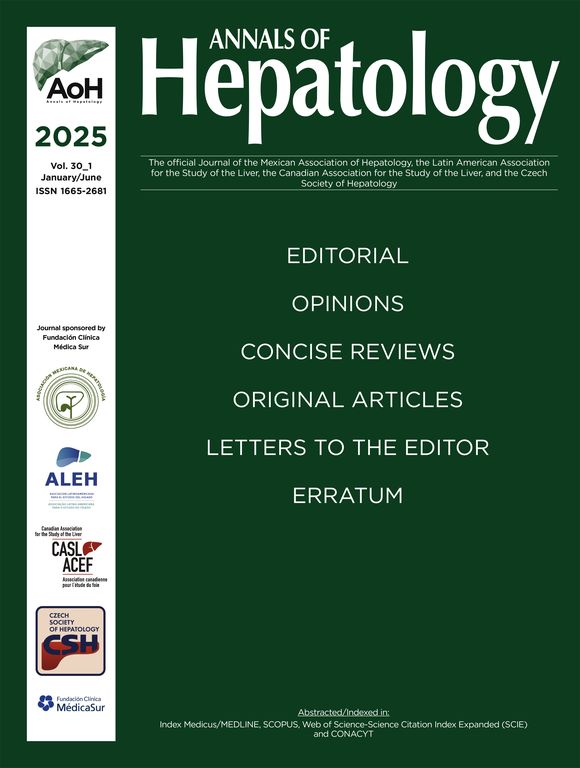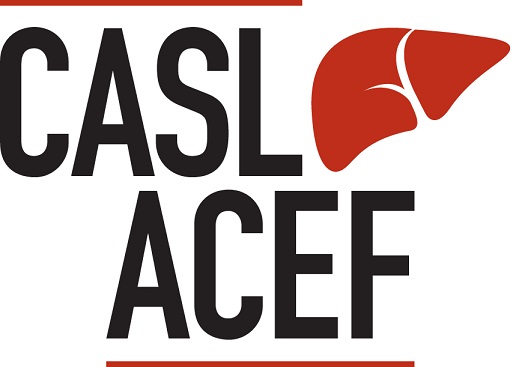
Abstracts of the 2024 Annual Meeting of the ALEH
Más datosNo
Introduction and ObjectivesIn Metabolically Associated Steatotic Liver Disease (MASLD), transient elastography (TE) is the best validated point-of-care tool to assess liver fibrosis. Outpatients without advanced fibrosis might be managed at low-complexity centers, aiming to increase the availability of experts to manage patients with advanced fibrosis. We sought to evaluate the prevalence of advanced fibrosis among MASLD outpatients from a university center compared to those from lower complexity settings.
Patients / Materials and MethodsThis was a sectional study of MASLD outpatients at a university hospital (G1) and those followed up at lower complexity settings such as primary care or medium complexity clinics(G2). All patients performed TE with CAP by Fibroscan Touch 502 (Echosens, Fr) from Jan-2015 to Mar-2024. TE and CAP results were compared between the two groups and the groups' prevalence of individuals with TE<8 kPa and TE≥12 kPa.
Results and Discussion4058 exams were registered (70% women, mean age 60 ±12 yrs, BMI 32.7 ± 6.5). Outpatients from G1 were older (p< 0.001) and comprised 80% of included patients. Although G1 had higher CAP measures [298Db/m (258-336) vs 293 Db/m (249-334);p=0.034], both groups seemed similar regarding steatosis severity. Surprisingly, liver stiffness between G1 and G2 was similar [6,4 kPa (4.9-8.1) vs 6.3 kPa (4.9-9.1);p=0.49]. Advanced fibrosis (TE< 8.0 kPa) was discarded in 66.7% of G1 and 69,2% of G2 (p=0.18). Overall, 15% had advanced fibrosis with a trend to a higher prevalence in G1 (16.1% vs 13.5%; p=0.08).
ConclusionsAlthough outpatients from lower complexity settings were younger, advanced fibrosis prevalence was similar and not neglectable compared to high complexity center outpatients. Screening MASLD patients in lower-complexity settings increases the chance of identifying younger individuals with advanced liver disease who need expert's evaluation to prevent liver-related complications. Additionally, public policies might be implemented to reallocate patients with lower and severe diseases accordingly.








